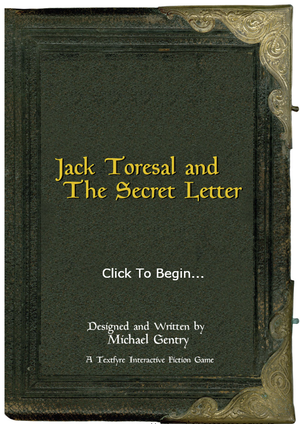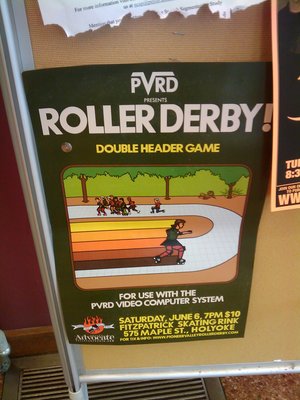Jack Toresal and The Secret Letter Released
Michael Gentry, author of the stunning, large-scale, Lovecraftian interactive fiction Anchorhead, has another full-scale IF, his first since that award-winning game came out in 1998.
Dave Cornelson, who founded the Speed IF competitions and the IFWiki, has led his interactive fiction company, Textfyre, to publish its first game.
The game that is so notable in both of these ways is Jack Toresal and The Secret Letter. It is available for either Windows or Mac for about $25. As with all of the planned offerings of Textfyre, this game is directed at a specific audience: young readers wanting to experience the pleasures of reading while playing computer games. The hope, no doubt, is that parents will appreciate the fun and literacy-enhancing qualities of interactive fiction.













